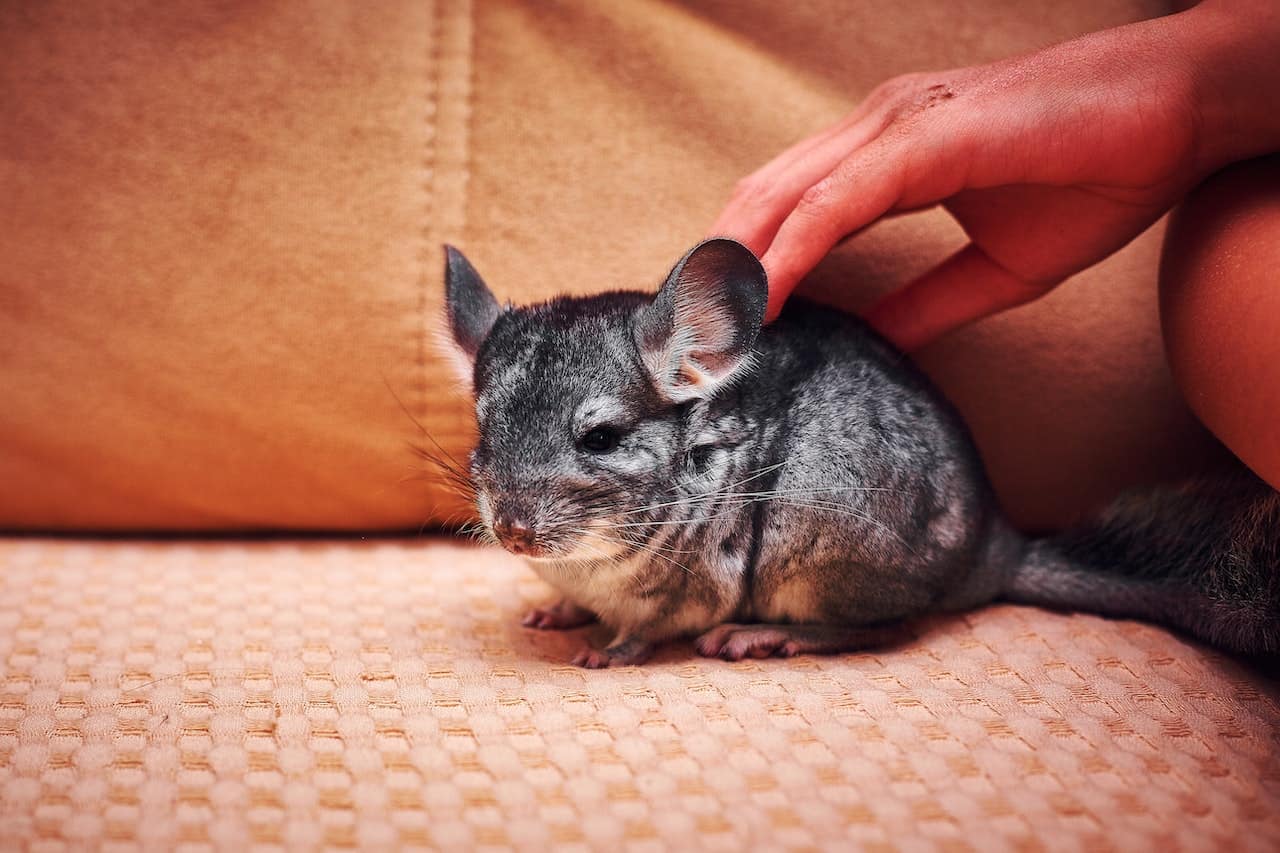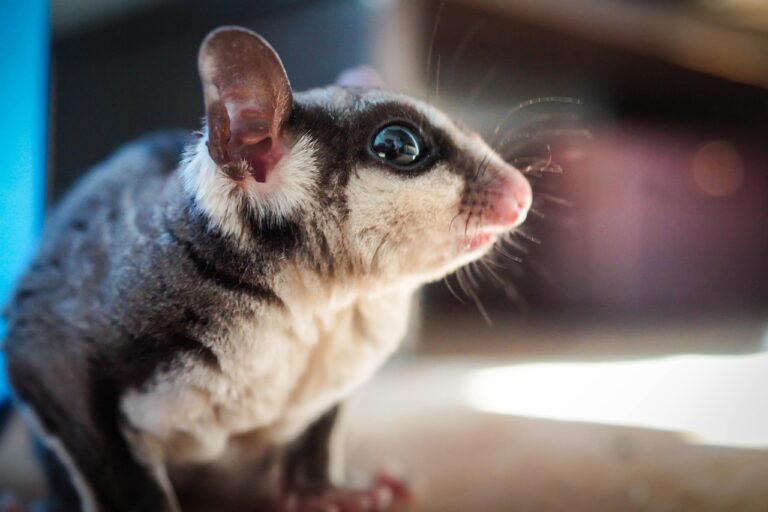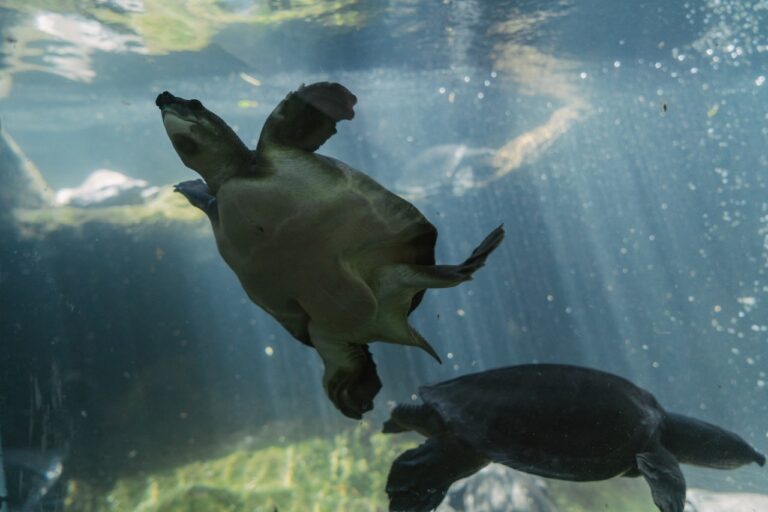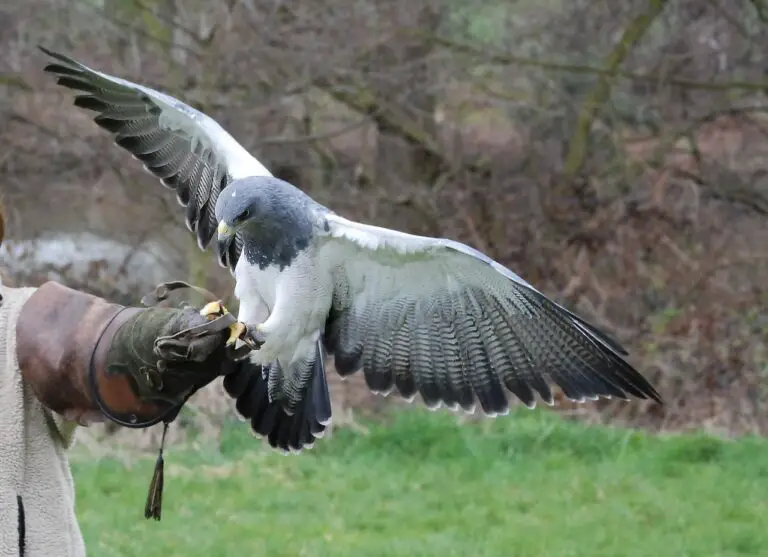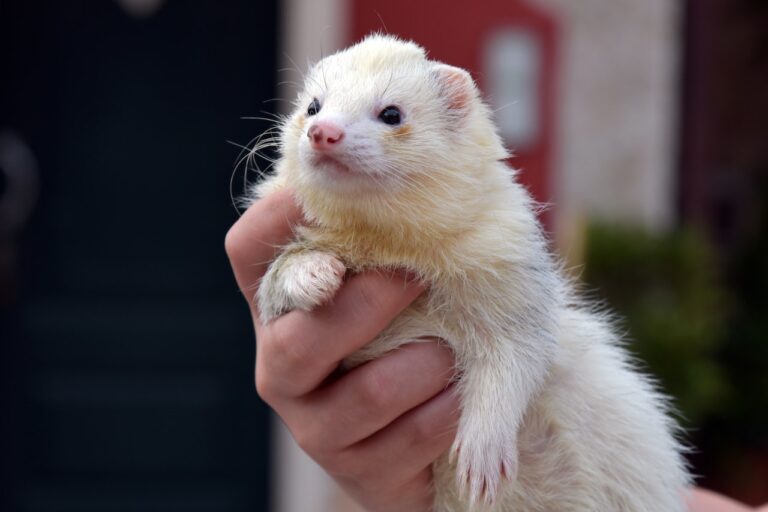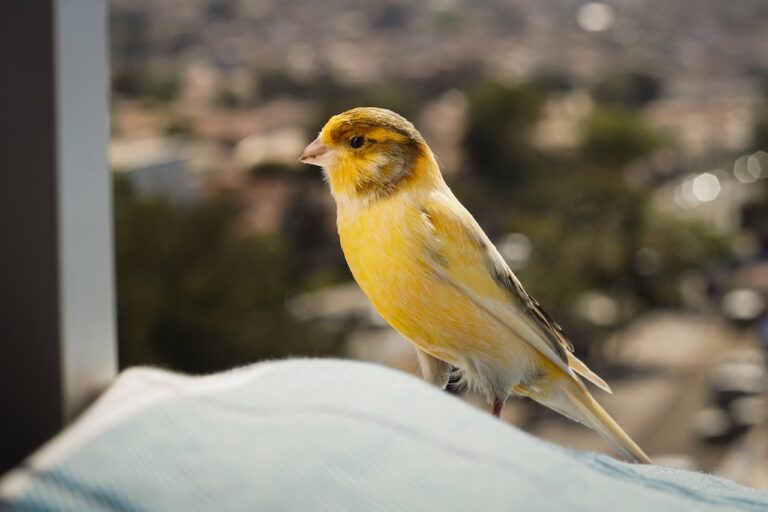How to Care for a Chinchilla: A Comprehensive Guide
Chinchillas are adorable, social, and active animals, native to the Andes Mountains in South America. They are popular pets for their soft, velvety fur, cute appearance, and playful personalities.
However, owning a chinchilla comes with responsibilities, as they require a specific diet, housing, grooming, and socialization to maintain their health and happiness.
In this comprehensive guide, we will cover everything you need to know about how to care for a chinchilla, from diet and exercise to hygiene and healthcare.
Key takeaways:
- Chinchillas require a specific diet of hay, pellets, and occasional treats.
- Chinchillas need a spacious and safe environment, with access to hiding spots, toys, and exercise opportunities.
- Dust baths are essential for chinchilla hygiene, and water baths should be avoided.
- Regular nail trimming and dental checkups are necessary for chinchilla health.
- Positive reinforcement training can be used to teach chinchillas simple tricks.
- Researching and learning about your chinchilla’s specific needs is crucial and seeking veterinary attention if necessary.
By following these key takeaways, you can provide your chinchilla with the care and attention they need to thrive as a happy and healthy pet.
Introduction
Chinchillas are adorable and intelligent animals, but they require attentive care to thrive in captivity.
Before bringing home a chinchilla, you should learn about their natural habitat, behavior, and needs. Chinchillas are nocturnal, meaning they are most active at night and sleep during the day.
They are social animals and need plenty of mental and physical stimulation to avoid boredom and loneliness.
In the following sections, we will discuss how to choose a chinchilla, create a suitable living environment, provide a balanced diet, groom and clean them, play and interact with them, and recognize and prevent common health problems.
1. Choosing a Chinchilla
When selecting a chinchilla, you should consider their age, gender, color, and temperament. Younger chinchillas are easier to train and adapt to new environments, while older ones may have more health issues or behavioral quirks.
Male chinchillas tend to be more territorial and aggressive than females, but both genders can make great pets if handled properly.
Chinchillas come in various colors, such as gray, white, black, and beige, but their fur should be soft and fluffy without any bald patches or signs of illness.
It’s best to buy a chinchilla from a reputable breeder or rescue shelter that can provide health certificates, background information, and socialization tips.
2. Housing and Environment
Chinchillas need a spacious and secure habitat that mimics their natural habitat.
A cage or enclosure that is at least 24 inches long, 24 inches wide, and 24 inches tall can accommodate one or two chinchillas.
The cage should have multiple levels or shelves for climbing, jumping, and resting, as well as a solid floor to prevent injuries or foot problems.
The bedding should be soft, absorbent, and dust-free, such as aspen shavings, paper pulp, or fleece liners. Avoid using cedar or pine shavings, as they can irritate chinchillas’ respiratory system.
Chinchillas also need fresh air, natural light, and temperature and humidity control, as they are sensitive to heat and humidity.
The ideal temperature range for chinchillas is 60-70°F, and the humidity should be below 50%.
You can use a thermometer and hygrometer to monitor the environment and make adjustments as needed.
3. Diet and Nutrition
Chinchillas have a unique digestive system that requires a high-fiber, low-fat, and low-sugar diet.
Their main food source should be high-quality hay, such as timothy, orchard, or meadow hay, which helps to grind down their teeth and promote healthy digestion.
They also need fresh water, which should be changed daily and provided in a sipper bottle or bowl.
In addition to hay, chinchillas can eat small amounts of pellets, which should be specifically formulated for chinchillas and free of preservatives, artificial flavors, or colors.
Avoid feeding your chinchilla fruits, vegetables, nuts, seeds, or dairy products, as they can cause digestive problems, obesity, or tooth decay. Instead, you can offer them occasional treats, such as dried rose hips, dried apple slices, or small pieces of hay cubes.
4. Grooming and Hygiene
Chinchillas are naturally clean animals and groom themselves frequently, but they also need regular brushing, dust baths, and nail trimming.
Chinchilla fur is very dense and soft, and it can trap dust and debris, which can lead to skin irritation, fur loss, or respiratory problems.
You can use a soft-bristled brush or a comb to remove any tangles, knots, or loose fur from your chinchilla’s coat.
You can also give them a dust bath once or twice a week, using commercial chinchilla dust or fine sand in a shallow container.
Dust baths help to remove excess oils and dirt from their fur and skin.
Finally, you should check your chinchilla’s nails every two to three weeks and trim them with a small, sharp clipper if they are too long. Long nails can cause discomfort, pain, or infections.
5. Exercise and Socialization
Chinchillas are active and playful animals that need plenty of space and opportunities to exercise and interact with their owners and fellow chinchillas.
You can provide them with various toys, such as tunnels, wooden blocks, and chew sticks, to stimulate their curiosity and agility.
You can also play hide-and-seek, fetch, or other games with them to strengthen your bond and enhance their mental and physical abilities.
Chinchillas also benefit from socialization with other chinchillas, but you should introduce them gradually and supervise their interactions to avoid fights or injuries.
Chinchillas are also sensitive to loud noises, sudden movements, or stressful situations, so you should avoid handling them roughly or exposing them to unfamiliar environments or animals.
6. Healthcare and Common Health Issues
Chinchillas are generally healthy and long-lived animals, but they are prone to certain health problems, such as:
- Bite wounds
- Respiratory problems
- Overgrown teeth
- Diarrhea
- Skin conditions
- Genital problems
You should monitor your chinchilla’s behavior, appetite, feces, and breathing patterns regularly and seek veterinary attention if you notice any signs of illness or discomfort.
Also, you should also schedule regular checkups with a veterinarian who specializes in exotic animals and can provide preventive care, such as vaccinations, deworming, and blood tests.
In addition, you should keep your chinchilla’s cage clean and disinfected, and avoid exposing them to drafts, direct sunlight, or extreme temperatures.
Conclusion
Caring for a chinchilla can be a rewarding and enriching experience, but it requires knowledge, patience, and dedication.
By providing your chinchilla with a suitable environment, balanced diet, regular grooming and exercise, and preventive healthcare, you can ensure that they live a happy and healthy life.
Remember to always research and learn about your chinchilla’s needs, behaviors, and preferences, and to treat them with love and respect.
FAQs
Can I bathe my chinchilla with water?
No, you should not bathe your chinchilla with water, as it can damage their fur and skin. Instead, you can give them a dust bath.
How often should I trim my chinchilla’s nails?
You should trim your chinchilla’s nails every two to three weeks, or when you notice that they are too long.
Can chinchillas be trained to do tricks?
Yes, chinchillas can be trained to do simple tricks, such as jumping through hoops or standing on their hind legs, using positive reinforcement and repetition.
What do chinchillas eat?
Chinchillas are herbivores and should be fed a diet that consists primarily of hay.
They also need a small amount of pellets each day, as well as fresh water.
How often should I clean my chinchilla’s cage?
Chinchilla cages should be cleaned on a regular basis to prevent the buildup of waste and bacteria.
Spot clean the cage daily, removing any wet or soiled bedding and replacing it with fresh bedding.
The entire cage should be cleaned thoroughly once a week, using a pet-safe disinfectant to clean all surfaces.
Can chinchillas be litter trained?
Yes, chinchillas can be litter trained. Use a litter box with non-toxic litter, and place it in a corner of the cage where your chinchilla likes to go. Be patient and consistent with training, rewarding your chinchilla with treats when they use the litter box.
Do chinchillas need to see a vet?
Yes, chinchillas should see a vet regularly to ensure that they are healthy and to address any health issues that arise.
Find a vet who has experience with chinchillas, and schedule annual check-ups for your pet.
How do I know if my chinchilla is sick?
Signs of illness in chinchillas include loss of appetite, lethargy, abnormal behavior, respiratory distress, and changes in feces or urine.
If you notice any of these signs, contact your veterinarian immediately.
How long do chinchillas live?
Chinchillas can live up to 20 years in captivity with proper care.
Peter Stones is the founder of Exotic Pets Place, the leading online resource for exotic pet care information.
With over 10 years of hands-on exotic pet ownership experience, he is deeply passionate about sharing his expertise to help others properly care for their unusual pets.
When he's not writing extensively researched articles or connecting with fellow exotic pet enthusiasts worldwide, you can find Peter at home tending to his own beloved menagerie of exotic animals.

